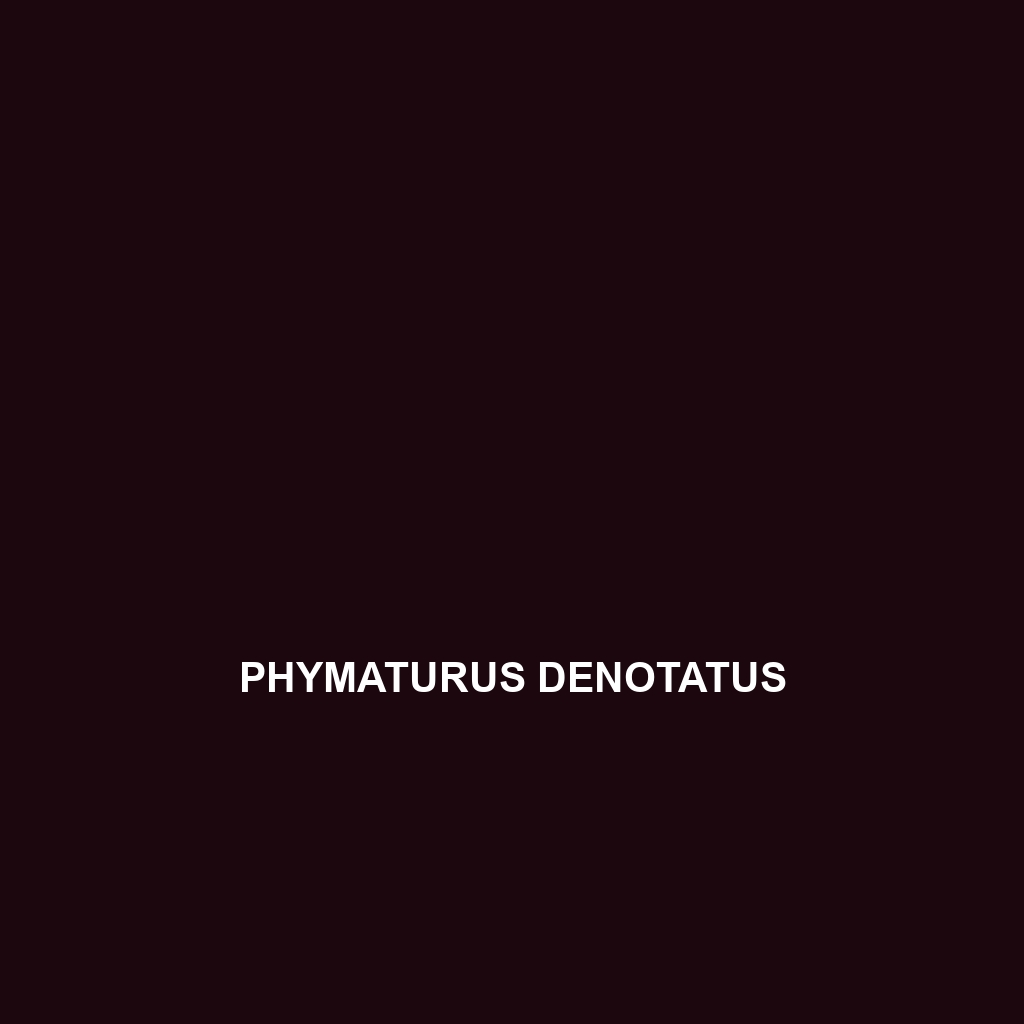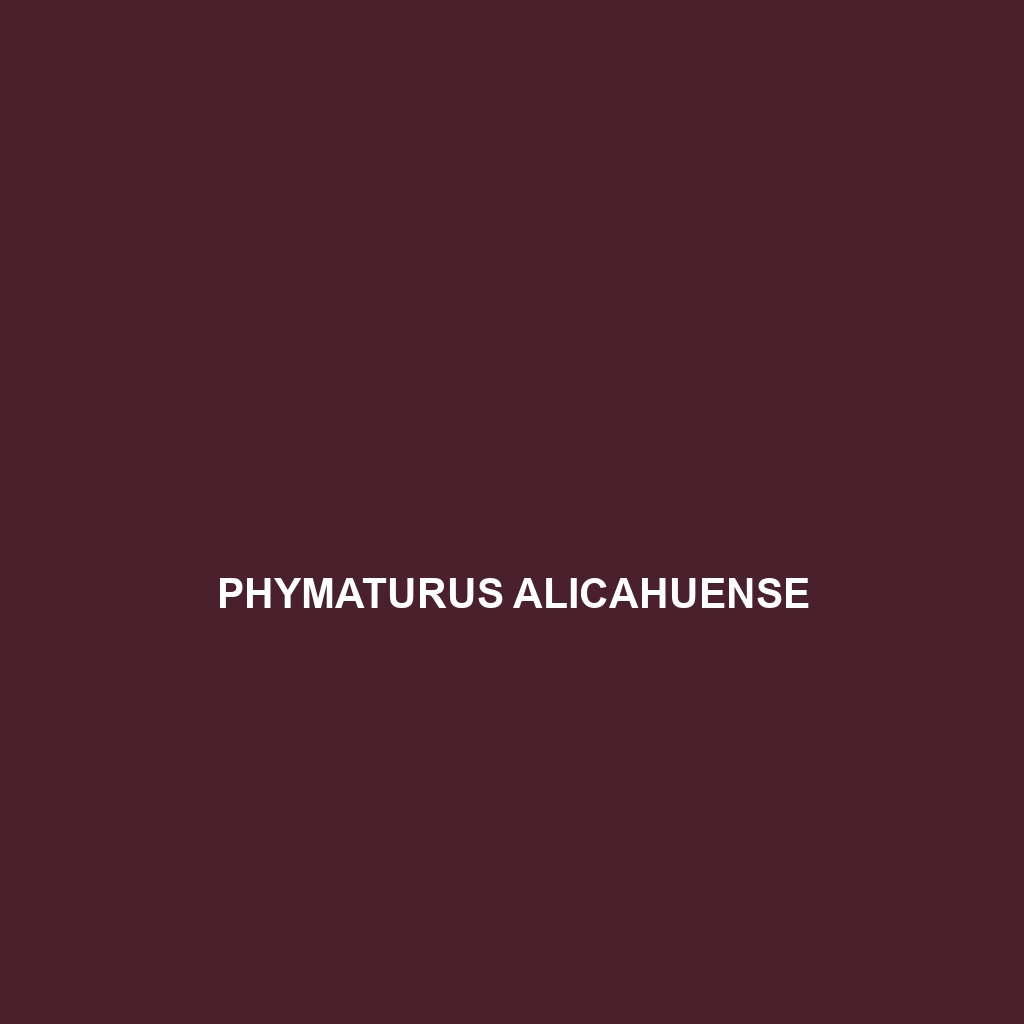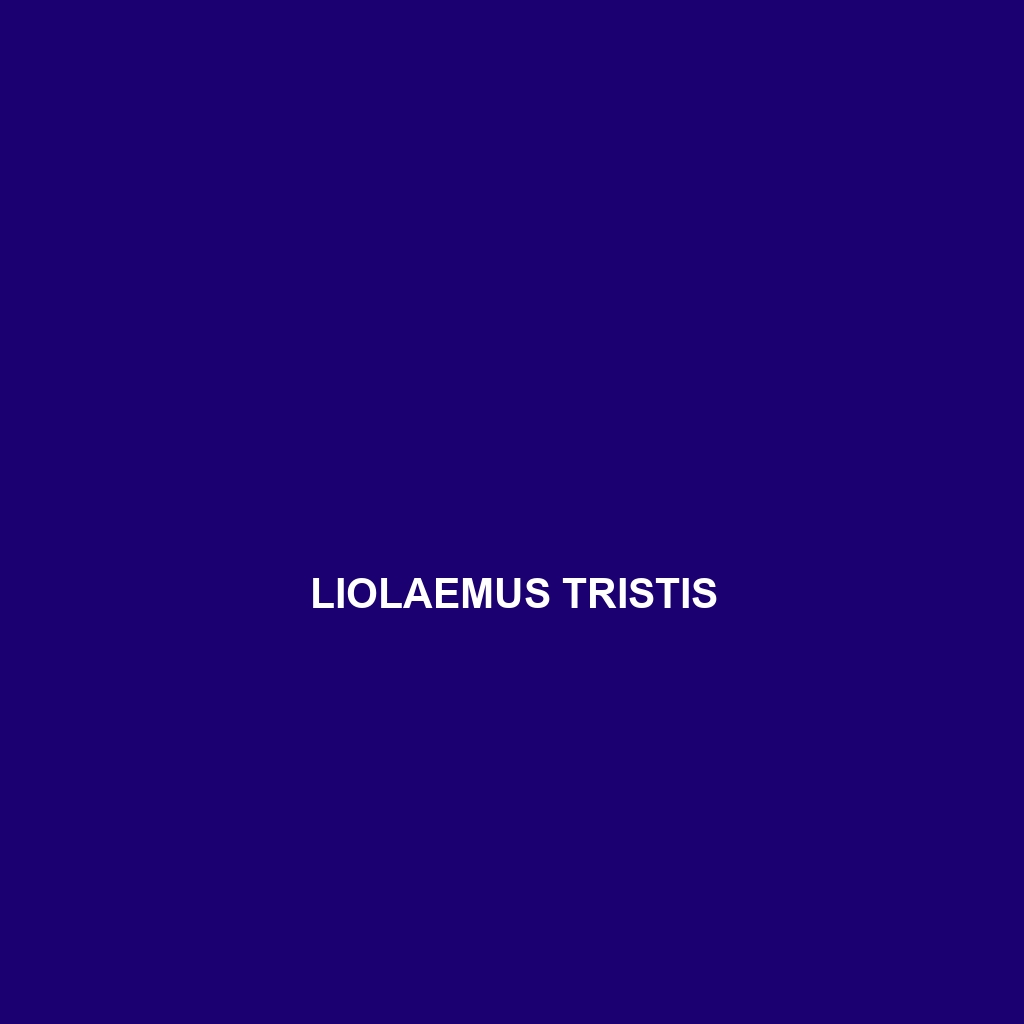<p><b>Phymaturus nevadoi</b>, a moderately-sized lizard native to the high-altitude regions of the Andes in Argentina, exhibits unique coloration and robust features that aid in survival. This vulnerable species primarily feeds on insects and plays a crucial role in its ecosystem by regulating insect populations while serving as prey for larger animals.</p>
Tag: Argentine lizard
Phymaturus delheyi
<b>Phymaturus delheyi</b> is a medium-sized, diurnal lizard native to the arid Patagonian steppe of Argentina, distinguished by its stocky body, vibrant coloration during mating, and a diet primarily consisting of insects. This species plays a vital role in its ecosystem, controlling insect populations and contributing to plant seed dispersal.
Phymaturus denotatus
Discover the fascinating Phymaturus denotatus, a vulnerable lizard native to the rugged terrains of Patagonia, Argentina. This diurnal insectivore, known for its distinctive camouflage and impressive climbing abilities, plays a vital role in its ecosystem by controlling insect populations and supporting biodiversity.
Phymaturus alicahuense
Discover the unique Phymaturus alicahuense, a vibrant lizard native to the temperate forests of Argentina, known for its striking coloration and robust body that thrives in rocky terrains. This primarily herbivorous species plays a crucial role in its ecosystem by regulating plant life and contributing to biodiversity.
Liolaemus vhagar
Liolaemus vhagar, commonly found in the Andean mountains of Chile and Argentina, is a medium-sized, diurnal lizard characterized by its robust body and earthy coloration that aids in camouflage. As an insectivore, it plays a crucial role in maintaining ecosystem balance while showcasing unique behaviors such as territorial displays and seasonal migration.
Liolaemus tristis
<p><b>Liolaemus tristis</b> is a slender lizard native to the temperate forests and grasslands of central Chile and Argentina, characterized by its dark brown to olive green coloration, diurnal foraging habits, and territorial behavior. As an insectivore, it plays a crucial role in controlling insect populations within its ecosystem, while its live-bearing reproductive strategy ensures the survival of its young in a variety of habitats.</p>
Liolaemus shehuen
<b>Liolaemus shehuen</b> is a slender lizard species native to the temperate forests of southern Chile and Argentina, exhibiting a remarkable range of color patterns for camouflage. Primarily insectivorous and displaying fascinating behavioral patterns, this species plays an essential role in maintaining ecological balance within its habitat.
Liolaemus senguer
Liolaemus senguer, a medium-sized lizard found in the rocky habitats of Argentina's Patagonian steppe, is known for its distinct brown and gray coloration, agility in navigating boulder fields, and insectivorous diet. Active during the day, this species exhibits unique behaviors such as territorial displays and burrowing to escape heat or predators.
Liolaemus robertmertensi
<b>Liolaemus robertmertensi</b> is a vulnerable lizard species native to the mountainous and arid regions of Chile and Argentina, notable for its compact body, vibrant coloration, and unique behaviors, including diurnal activity and parental care. Primarily an insectivore, it plays a crucial role in its ecosystem by controlling insect populations and contributing to the food web dynamics.
Liolaemus riojanus
Discover the striking Liolaemus riojanus, a robust lizard from Argentina known for its distinct brown and gray coloration, reaching lengths of 15 to 20 cm. This adaptable species thrives in semi-arid scrublands, primarily feeding on insects while playing a crucial role in the local ecosystem.







